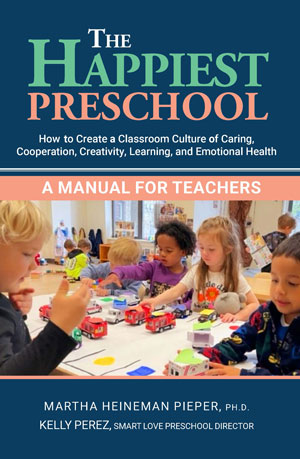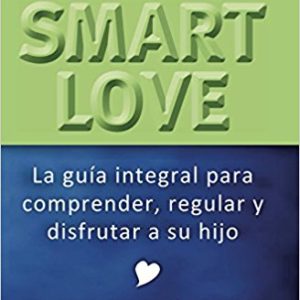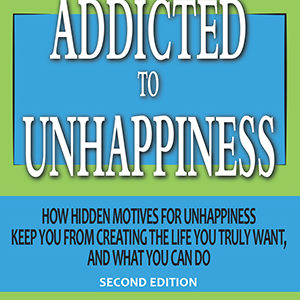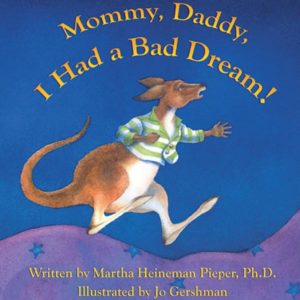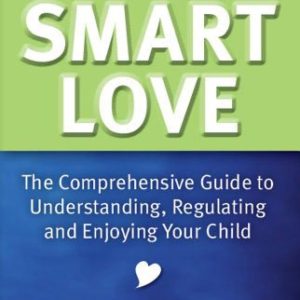Description
All of the strategies presented in this manual will increase teachers’ enjoyment and effectiveness and enrich a preschool, regardless of its affiliation.
Increasingly progressive educators are focusing on play-based learning and social-emotional development, but The Happiest Preschool: A Manual for Teachers is unique in providing a comprehensive and thorough discussion of this focus and illustrating all precepts with teachable examples. In addition there are sections on understanding and helping children with the feelings underlying fantasy play; on the importance of partnering with parents; and on informed ways of helping children who are under emotional stress.
Moreover the manual is an invaluable asset for parents trying to choose a preschool or kindergarten for their child.
What the experts are saying:
“The Happiest Preschool: A Manual for Teachers is a strong advocate for high quality preschool, which is what every child needs and deserves as a springboard for academic success and the development of social-emotional skills and self-confidence. Teachers will learn and benefit from comprehensive topics and specific examples that illustrate how to create an exciting, cooperative, caring, inspiring classroom culture.”
— Arne Duncan, former U.S. Secretary of Education and CEO of Chicago Public Schools
“The Happiest Preschool is so consistently positive that I was smiling as I read every page. The classroom examples were specific and the photos from the program really helped make the book come alive. Think my favorite section was Unnecessary and Inappropriate Rules. This section really nails it: guidance that teaches rather than the punishments implicit in rule enforcement. I also particularly enjoyed the practical material explaining caregiver responses versus personal reactions and on cultivating Partnerships With Parents. Especially, I thought the material on gender fluidity was perceptively matter-of-fact, needed, and helpful. The Manual paints the picture of a child-responsive early childhood program worth emulating.”
— Dan Gartrell, author of The Power of Guidance: Teaching Social-Emotional Skills in Early Childhood Classrooms and Education for a Civil Society: Teaching Young Children to Gain Five Democratic Life Skills.
“Early childhood teachers will find this very helpful! It will be a powerful resource for teachers looking for guidance and insight!”
— Leslie Koplow, founding director of the Center for Emotionally Responsive Practice at Bank Street College and the author of many books on early education.
“The Happiest Preschool is the go-to book for teachers eager to turn state-of-the-art ideas about how to create a preschool where children will thrive into on-the-ground reality in their classroom.”
— David Kirp, University of California-Berkeley public policy professor and author of The Sandbox Investment.
“It’s a great book!”
— Dan Schwartz, dean of the Stanford Graduate School of Education.
How does a classroom managed and running on Smart Love principles differ from other preschools?
First and foremost, you see teachers actively playing with students and working on projects, not just reading or lecturing or observing. You hear loud enthusiastic voices with no one saying, “Use inside voices.” You see children engaged in projects they chose that are not imposed. You see children making choices about who they want to play with, or not play with, without requirements about including others.
If a child is unruly, you see a teacher go with them out of the room and stay with them until they are ready to come back in. No time-outs or isolation. You see teachers focusing on the feelings that lead to anti-social behaviors rather than lecturing about the behaviors themselves. You see children who aren’t ready to use the toilet wearing diapers or Pull-ups and teachers changing them when necessary. You see normal resistance about things like washing hands met with creative fun solutions rather than threats or disapproval.
You see no rewards or incentives such as crowns, extra privileges, etc. You see transitions to outside and back inside with teachers and children singing and playing games like I-Spy. No quiet lines. You see children learning writing, arithmetic, reading and other academic subjects because they are relevant to activities they have chosen.
In the beginning of the school year you see parents of children who aren’t ready to have them leave remaining in class. You don’t see worksheets, formal group time, teachers testing students on what they know. You don’t see teachers insisting on manners or telling children to cooperate and play with others. Overall, you see a place of care, excitement and unforced cooperation and kindness.
The Happiest Preschool: A Manual for Teachers describes in detail how this is achieved. Smart Love is transformative of the preschool and kindergarten culture.
The most important goal of education at the preschool and kindergarten level, is not to teach content, but to preserve and enhance curiosity and a love of learning. There are certainly academic goals for preschool children, but it is best if children meet and exceed them only in ways they enjoy. Playful learning is different in a Smart Love-inspired teaching practice because it builds entirely on each child’s interests.
This manual describes how to decode and respond helpfully to children’s fantasy play and dreams. Showing children there is another dimension to their imaginative life besides the surface story enriches their experience of their own and others’ minds. They become able to recognize, make sense of, and defuse feelings that are troubling them.
